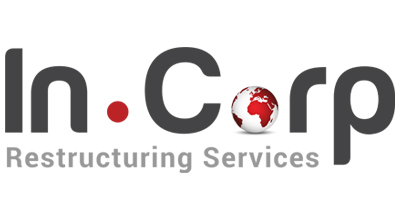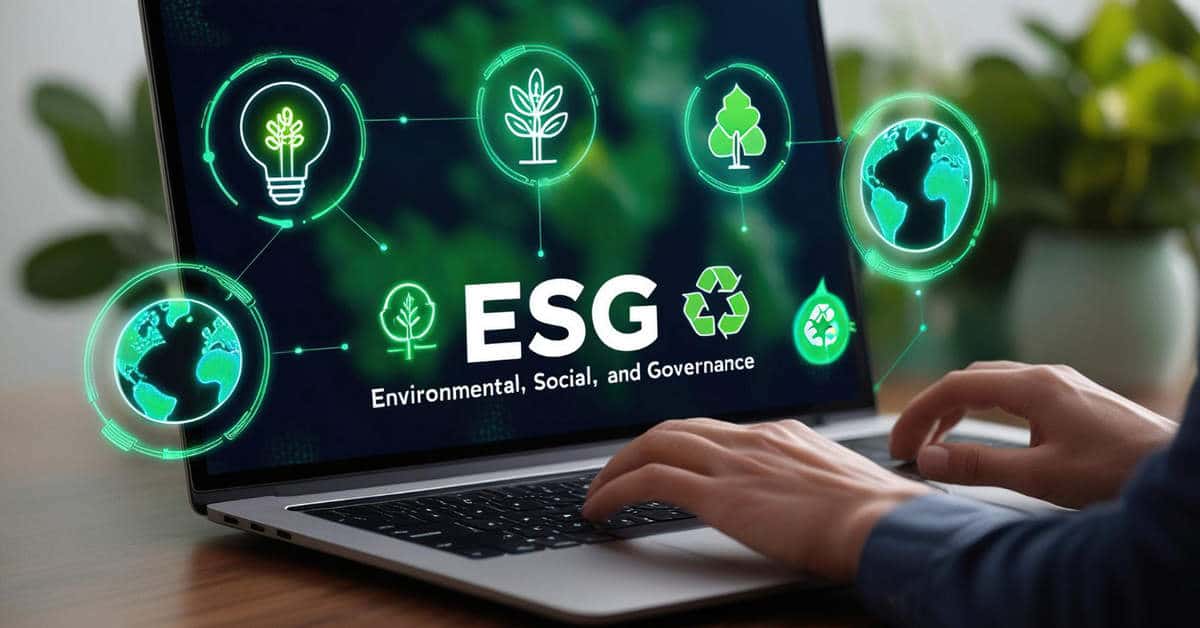Social Stock Exchange in India: Step Towards Impact Investing

Social Stock Exchange in India: Step Towards Impact Investing
Social Stock Exchange Empowers NPOs in India to Secure Funding From Public: Know All About Impact Investing
- Authors
- Last Updated
- Tags
- Last Updated
- Authors
- Last Updated
- Tags
The Social Stock Exchange is a platform to help Non-Profit Organizations (NPOs) raise funds from the public. The approach is aimed at impact investing, where financial investments are intended to generate social impact along with financial returns. SSE falls under the regulatory ambit of SEBI to list social enterprises and voluntary organizations working towards social welfare objectives. In India, SSE aims to direct investments towards projects that benefit society and the environment.
SEBI introduced a detailed framework for SSE in 2022. Following this, the framework was amended according to public feedback and a circular was issued in 2023 notifying the recent framework. Listing on the SSE isn’t just about raising capital, it is also about showcasing dedication to social impact. Listed below are some important aspects of the listing criteria.
Key Aspects in Listing Criteria
1. Eligibility of Social Enterprises
A social enterprise may be eligible for onboarding on the SSE if it demonstrates that social intent and impact are its primary goals. SSE-listed entities must align their mission with social welfare objectives.
2. Registration and Documentation
A nonprofit wishing to list on the SSE needs to register with it just like companies planning an IPO, NPOs must produce extensive documentation. This also includes a detailed fund-raising document with financial statements, risks, past social impact, and the strategy to achieve their vision.
3. Minimum Criteria
While specific details may vary, some common criteria include:
- Age of NPO: The organization should have been in operation for atleast 3 years
- Income Tax Certifications: They should have certificates that are valid under Sections 12A/12AA/12AB of the Income Tax Act
- Annual Spending: The NPO’s spending should be a minimum for Rs 50 lakhs annually
- Fund Availability: In the last financial year, the NPO should have had an annual spending of a minimum of Rs. 50 lakhs and funding of at least Rs. 10 lakhs.
4. Impact Reporting
SSE-listed entities must regularly report on their social and environmental performance. Investors can access real-time impact data to ensure transparency.
5. Governance and Compliance
NPOs must adhere to governance norms set by the SSE. Compliance with disclosure requirements related to financials, governance, operational performance, and social impact is essential.
6. Social Intent and Impact Assessment
Demonstrating a clear social mission is crucial for listing as the SSE evaluates the organization’s commitment to social welfare.
The SSE provides a unique avenue for NPOs to raise capital while emphasizing their social purpose. By meeting the listing criteria, these organizations can attract socially conscious investors and contribute to positive change in society.
Impact Reporting

Related Read: How to Choose Right ESG Reporting Framework for Business
Transparency, accountability, and investor confidence plays a crucial rule in impact reporting within the SSE ecosystem. Transparency, accountability, and investor confidence play a crucial role in impact reporting within the SSE ecosystem. It helps investors make more informed decisions about investments thus ensuring impact investing. In addition, disclosure requirements for NPOs/FPSEs mandated by SEBI have made the process more transparent. Investors will also be aware of where their investments are being utilized and its impact on society. Here are some key points to be remembered before submitting the impact report.
1. Aspects Covered in Annual Impact Report
SSE-listed social enterprises need to submit Annual Impact Report to the exchange. This report gives an overview of the organization’s social and environmental performance. The annual impact report is audited by a social audit firm employing a social auditor.
The impact report covers various aspects, including:
- Social Problem Addressed: Clearly defining the social issue that the enterprise aims to tackle
- Impact Targets: Setting measurable targets for reach, depth, and inclusivity of social impact
- Financial Information: Including financial statements relevant to the organization’s mission
- Registrations and Certifications: Valid certificates under Sections 12A/12AA/12AB of the IT Act.
2. Common Minimum Standards
The SSE working group emphasizes thoughtful, not onerous reporting. While maintaining simplicity, the impact reporting standards aim to reduce information asymmetry. These standards ensure that investors and stakeholders receive relevant and reliable information about the organization’s social performance.
3. Holistic Approach
The SSE’s focus extends beyond financial metrics. Impact reporting considers both quantitative and qualitative aspects of social change. It encourages organizations to chalk out their mission clearly, track progress and showcase concrete results
4. Social Impact Measurement
SSE-listed entities must adopt robust methodologies for measuring impact. Metrics may include:
- Beneficiary Reach: Number of lives impacted
- Depth of Impact: Degree of positive change achieved
- Inclusivity: Ensuring the benefit of marginalized community
- Environmental Sustainability: Evaluating environmental impact
- Innovation: Inventive methods for addressing social issues
5. Transparency and Investor Confidence
Impact reporting is the backbone of the SSE as it fosters transparency. Regular reporting attracts investor confidence and impact-focused investments. SSE-listed organizations contribute to an upright and sustainable society by adhering to these standards. As it evolves, robust impact measurement will be essential in SSE realizing its transformative potential.
Social Impact Bonds (SIBs)

Related Read: The Ultimate Guide to EcoVadis Certification
SIBs are a type of financial security that funds social impact projects. These bonds address cases involved in healthcare, affordable housing, education, environmental sustainability, etc. Also referred to as Pay-for-Success Bonds, it strives to achieve a positive impact by capitalizing on private sector investments. They involve an alliance between government agencies, social service providers (often nonprofits or social enterprises), and private investors.
Social service providers deliver programs backed by evidence or measures designed to achieve specific social outcomes (e.g, reducing lack of shelter issues, improving literacy, lowering habitual relapse rates). Independent evaluators track specified outcome metrics (e.g., reduced hospitalization rates and increased employment rates) to analyze program success. If the desired outcomes are achieved, the government repays investors (often with a predetermined rate of return) based on the savings generated from improved social outcomes. Investors bear financial risk if outcomes are not met, rather than the government or taxpayers.
Benefits of SIBs
- Capital Mobilization: SIBs channel funds to impactful ventures.
- Mainstreaming Impact: Integrates impact investing into capital markets.
- Investor Confidence: Transparency attracts socially conscious investors.
Challenges of SIBs
- Measurement Complexity: Defining and measuring impact accurately
- Liquidity Constraints: SIBs’ nascent stage affects liquidity
- Awareness Gap: Informing investors and enterprises
As India explores this space, robust impact measurement and collaboration will be critical for success. Here are two Indian companies that recently issued Social Impact Bonds
NABARD SIBs
National Bank for Agriculture and Rural Development (NABARD) recently issued SIBs worth Rs 1,040.50 crore. These bonds offer 7.63% return on a 5-year investment. NABARD’s new Sustainability Bond Framework allows these funds to be used for environmental (green) and social projects. This framework gives an analysis of how the money was used letting investors make informed decisions. It adheres to the guidelines set by the International Capital Markets Association (ICMA).
Utkrisht SIBs

Related Read: The Rise of BRSR Reporting in India: Key Challenges, Implications and Strategies for Businesses
The Utkrisht Impact Bond (UIB) is an initiative aimed at improving maternal and newborn healthcare in Rajasthan. UIB plans to reach 6,00,000 pregnant women and newborns in five years. Hindustan Latex Family Planning Promotion Trust (HLFPPT) and Population Services International (PSI) are private service providers that are involved in the segment. They also help prepare private facilities for certification by the National Accreditation Board for Hospitals and Healthcare Providers (NABH) and Manyata standards. The UIB showcases that impact bonds can help improve healthcare quality.
Conclusion
SIBs mark a transformative shift in financing social welfare in India. Pioneering efforts by institutions like NABARD and the Utkrisht Impact Bond (UIB) exemplify this change. These tools bridge the gap between investors and social issues. Through these initiatives, private capital is mobilized to fund impactful initiatives. This targeted approach showcases how SIBs can address specific social challenges and drive better outcomes. By linking financial returns to social impact, these bonds help service providers to enhance healthcare services and follow rigorous standards. Along with tackling social issues SIBs also help in achieving the UN’s Sustainable Development Goals (SDGs).
Frequently Asked Questions on Social Stock Exchange (SSEs) in India
Finance Minister Nirmala Sitharaman proposed the concept of SSE during her Budget speech 2019-20.
The eligibility criteria are as follows:
- NPOs that have been functional for 3 years
- Has valid certificate u/s 12A/12AA/12AB of the Income Tax Act
- Minimum annual spending is Rs 50 lakhs and has a minimum of Rs 10 lakhs fund in the previous year
In December 2023, SEBI reduced the minimum issue size for social stock exchange to Rs 50 lakh.
Investors can claim a deduction under Section 80G. Under this section, a taxpayer can claim a deduction for contributing to relief funds and charitable institutions.
SGBS Unnati Foundation was the first entity to list on SSE in 2023.
Share
Share







































































